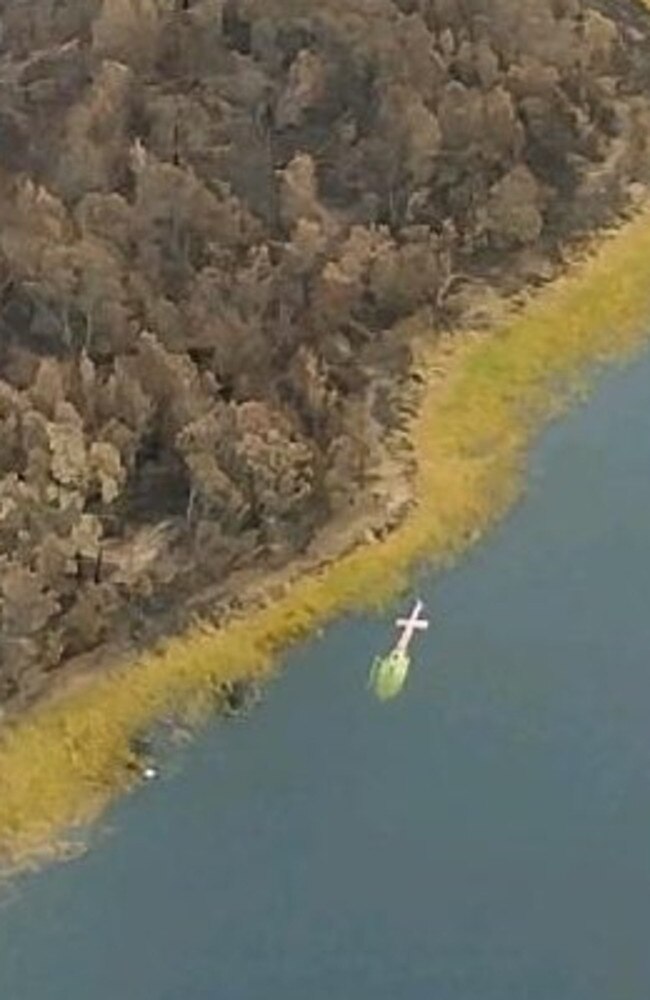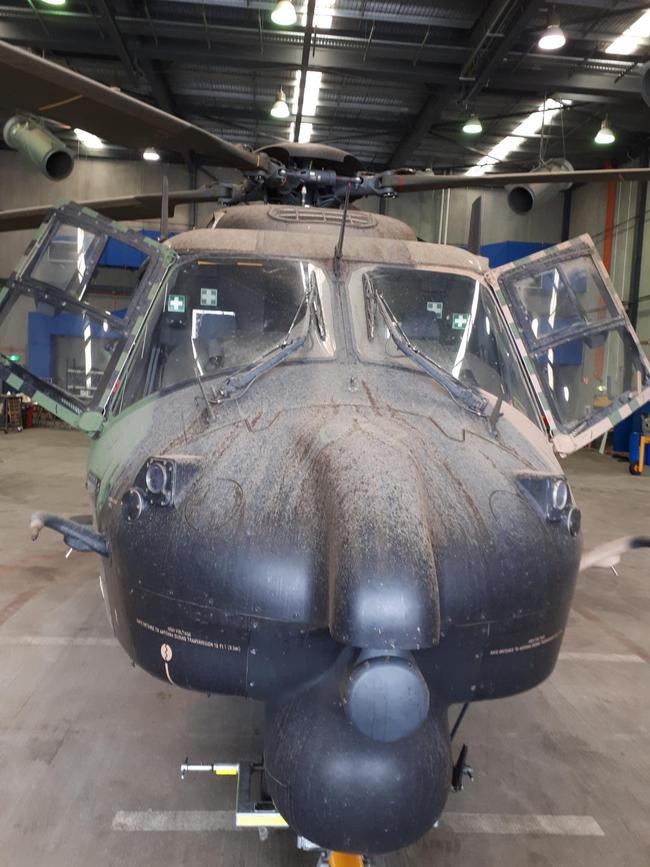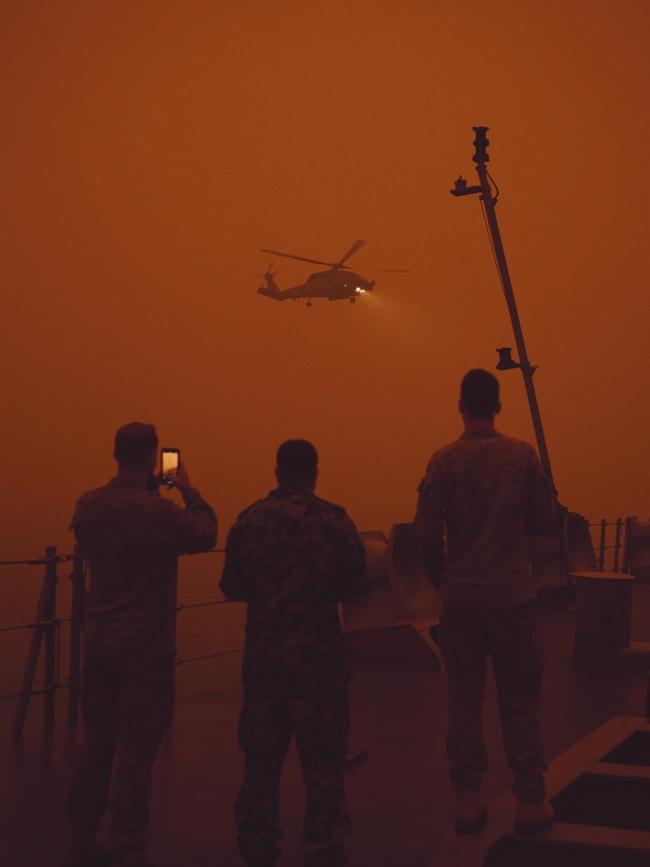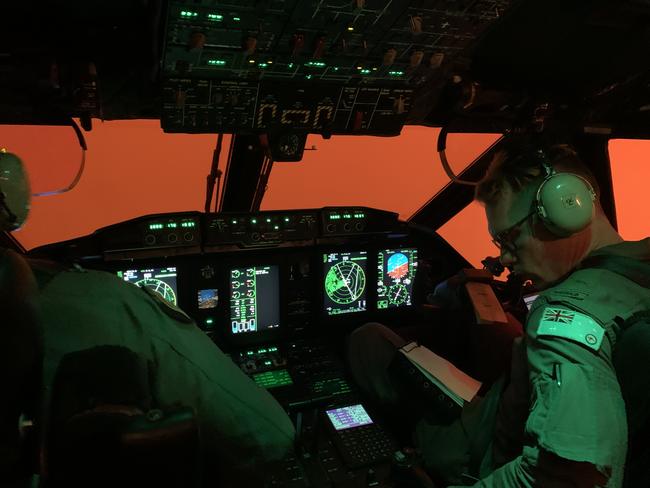RFS water bombing helicopter crashes near the NSW-Victoria border
A pilot’s miraculous escape from a waterbombing helicopter that crashed into a dam on the south coast on Thursday has highlighted the extreme danger faced by our fireys in the sky.
NSW
Don't miss out on the headlines from NSW. Followed categories will be added to My News.
A pilot in a waterbombing helicopter miraculously survived uninjured after crashing into a dam on the NSW south coast on Thursday, highlighting the extreme danger faced by our fireys in the sky.
The contract aircraft was tasked to the Clyde Mountain fire when it crashed into the Ben Boyd Reservoir at Edrom, south of Eden, about 4pm, the NSW Rural Fire Service said in a statement.

The pilot was refilling the chopper’s water supply when it crashed. He managed to free himself from the aircraft and swim to shore, where he was tended to by paramedics.
The chopper remained submerged, the RFS said.
MORE NEWS
Women accused of turkey raid in bushfire-ravaged Bargo
Major Aussie winery goes into administration
Disgraced paedophile priest James Cunneen dead
The helicopter crash highlighted the risks pilots are taking to save lives and property amid horror conditions and extreme weather as hundreds of bushfires continue to burn across the country.
While their colleagues battle the blaze on the ground, pilots face thick smoke and low visibility, and missions aren’t always able to be completed on the first try.


Aside from waterbombing aircraft, the Royal Australian Air Force’s transport aircraft have carried 1020 passengers, including evacuees from Mallacoota, Army Reservists from across the country, firefighters and other disaster relief specialists.
Three Royal Australian Air Force C27 Spartan aircraft as well as helicopters from the army and navy have been deployed to aid the humanitarian effort in Victoria’s east.
C27 pilot and Flight Lieutenant Luke Georgeson said that 521 evacuees, firefighters and disaster relief experts had been moved between fire-ravaged Mallacoota and East Sale RAAF base by the battlefield airlifters in 23 missions since deployment on January 3.
Despite unseasonal weather conditions and poor visibility hampering evacuation efforts, Lt Georgeson said he was “keen to come down and help out.”

“We’ve been focused on being as effective as possible in getting evacuees out,” he said. “That’s the important thing to us, making sure we’re doing everything we can to get people out of there.”
Eighteen tons of emergency cargo including food and medical supplies as well as diesel and generators have also been transported by the C27 aircraft.
Two Singaporean chinooks and 42 personnel have also been deployed to assist in the Gippsland area.
